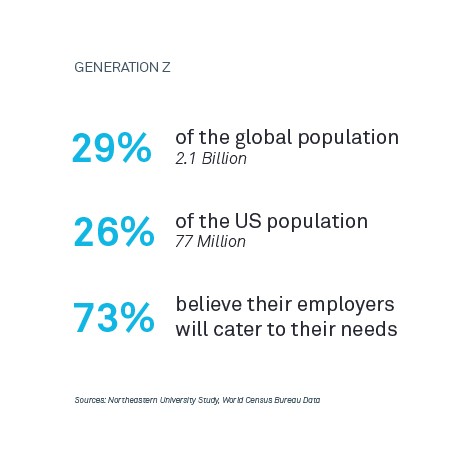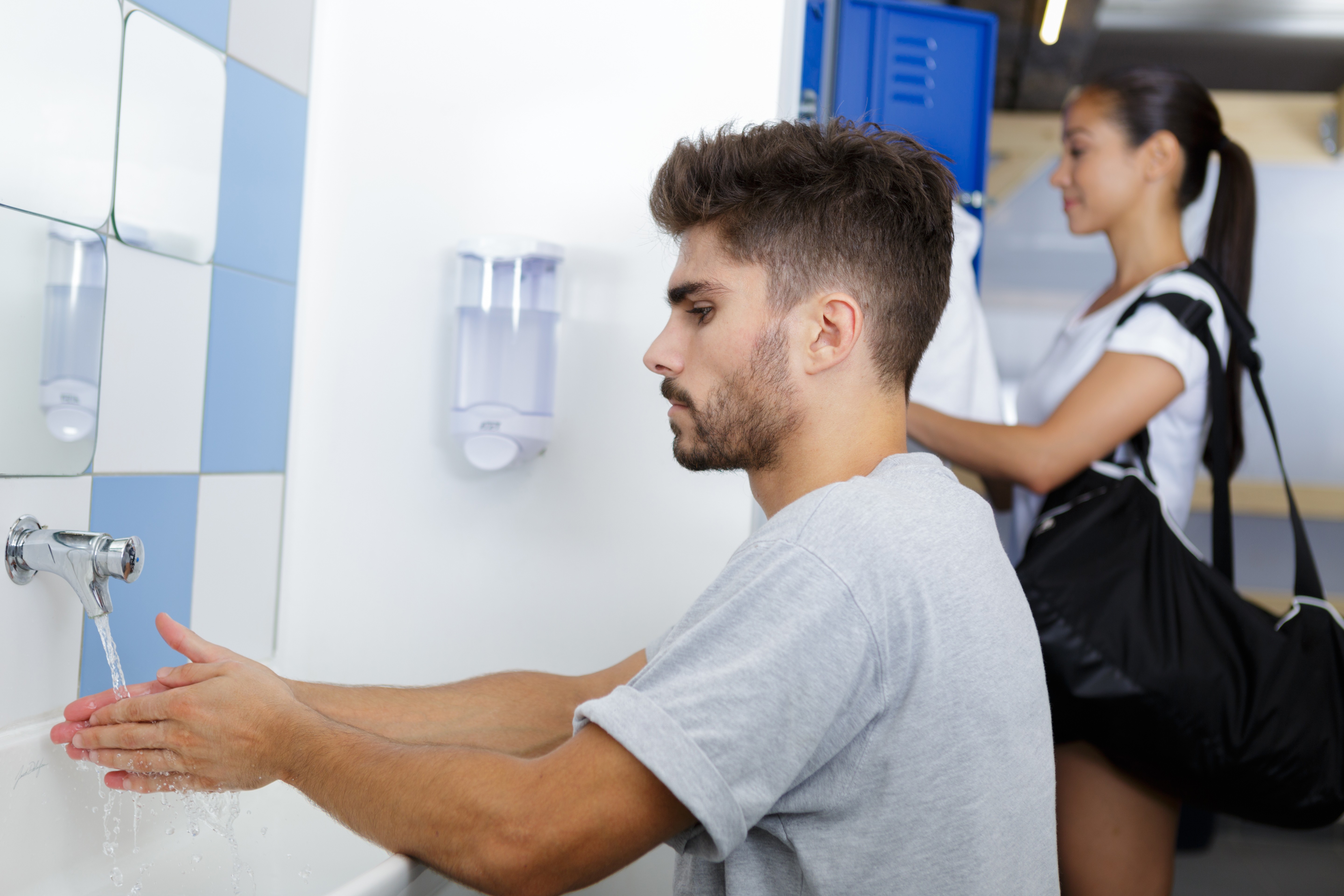For marginalized groups, the uncertainty and stress of entering a restroom against their choosing risks their safety and can deter them from using the facility entirely. Restrooms are more than a requirement: they are a powerful social influence. For years, restrooms have aided in the manifestation of bias and fear by defining those as “other” who choose to, or simply cannot, identify as strictly male or female.
Additionally, we as designers need to consider new-wave generations that will soon dominate the workforce. Generation Z and their successors have grown accustomed to school facilities and other public programming built around highly inclusive, highly innovative cultures. For corporate design to remain supportive of upcoming employees, we need to push for more inclusive restrooms and amenity spaces in the workplace and beyond.



